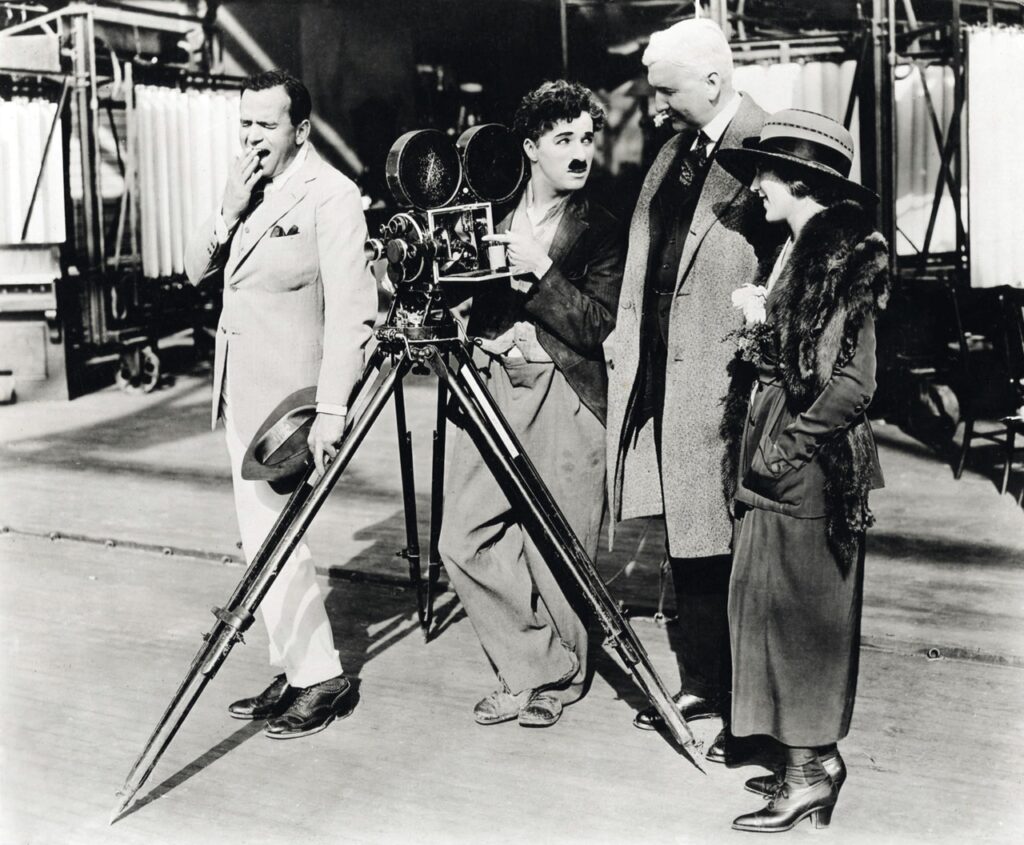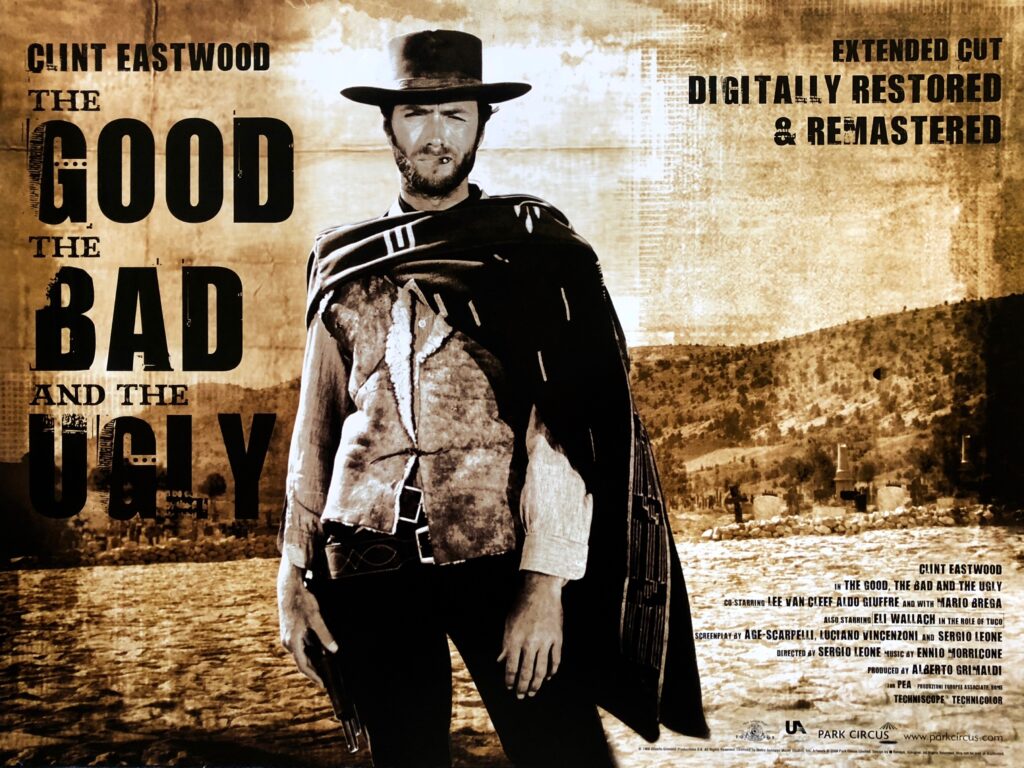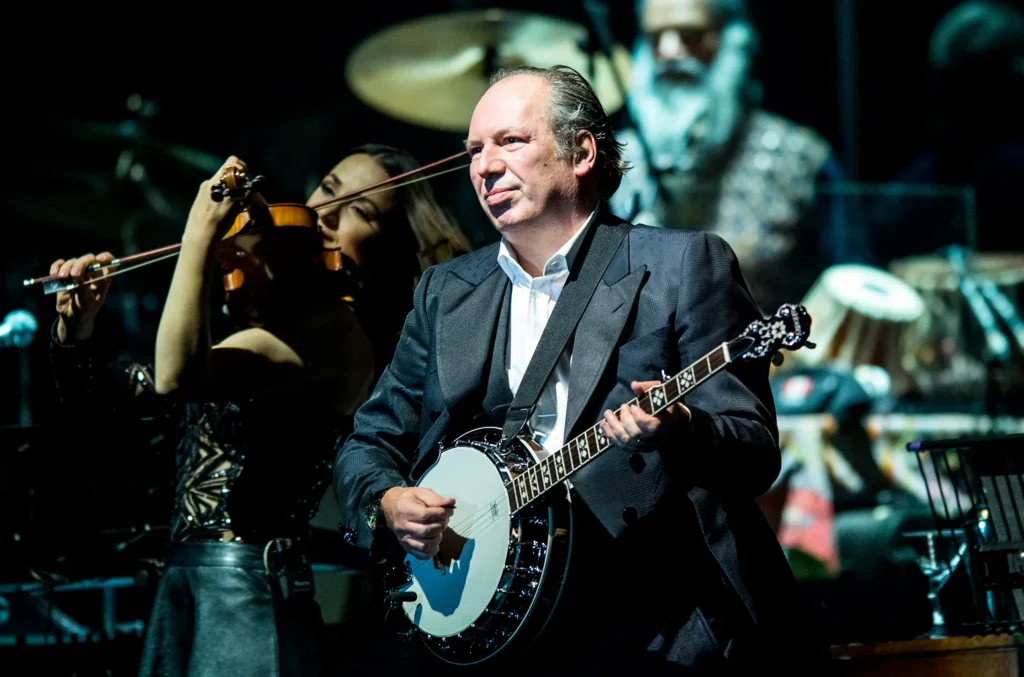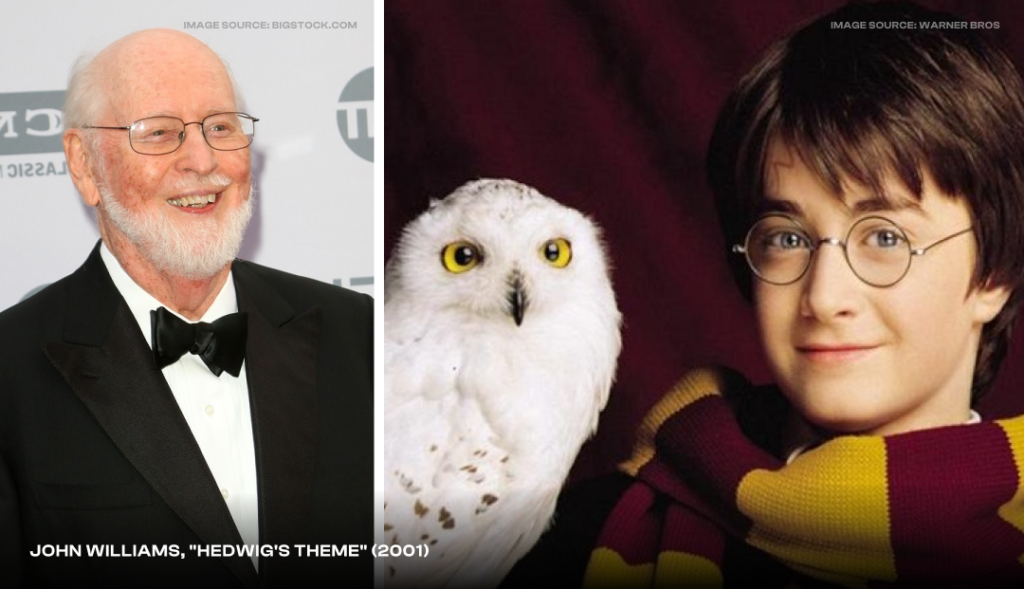The captivating journey of film scores began in 1915 with the release of the iconic film “The Birth of a Nation,” directed by D. W. Griffith. At that time, it was considered a significant revolution in our society and marked the first step towards a culture that would cherish the impact of music in movies.
From the enchanting days of the Silent Film Era to the glamorous Golden Age of Hollywood and the contemporary composers and trends that define modern cinema, we’ll explore the evolution of film music.
Silent Film Era and Live Accompaniment (1890s-1920s)

The Silent Film Era marked the dawn of cinema when movies were silent, devoid of synchronised sound. During this remarkable era, the role of film music in the movie-going experience was nothing short of extraordinary.
Live Accompaniment: A Cinematic Necessity
In theatres across the globe, live accompaniment became an indispensable element of silent films. Pianists, organists, and, in some cases, small orchestras took centre stage in these venues. Their task was not merely to fill the void of silence but to enhance the emotional impact and storytelling of the films.
The live accompaniment was a true art form in itself. Musicians had the demanding and exhilarating responsibility of adapting to the ever-changing mood of the film in real-time. Their improvised performances added a unique and dynamic dimension to each screening. Audiences never experienced the same film in quite the same way twice, as the music resonated differently with each live rendition.
The Power of Music in Silent Films
The absence of synchronised sound in silent films made music even more crucial. Film music became the voice of the characters, the heartbeat of the narrative, and the emotional conduit connecting the audience to the story. Whether it was a thrilling chase scene, a tender romantic moment, or a suspenseful climax, the live music breathed life into these silent stories, eliciting laughter, tears, and gasps of awe from captivated viewers.

Silent film music encompassed a wide range of styles, from classical compositions to popular tunes, and even original scores. The choice of music often depended on the film’s budget and requirements. However, regardless of the musical selection, the impact was undeniable. The music not only set the tone but also provided context, guiding the audience through the intricate plot lines and character developments.
Iconis Composers of the Silent Film Era
- Joseph Carl Breil: Often credited as the first film composer, Breil composed music for the silent epic “The Birth of a Nation” (1915), setting a precedent for film scoring.
- Hugo Riesenfeld: Known for his work on “The Jazz Singer” (1927), which marked the transition from silent films to “talkies” with synchronised sound.
The Silent Film Era and its live accompaniment were a testament to the profound impact of film music. The musicians of this era were unsung heroes, contributing immeasurably to the success and lasting legacy of silent films. Their performances transformed silent movies into unforgettable cinematic experiences, and their legacy continues to resonate in the art of film scoring today.
The Golden Age of Hollywood
(1930s-1950s)
The Golden Age of Hollywood, spanning the 1930s to the 1950s, is often regarded as the pinnacle of classical filmmaking. It was during this era that film scores evolved into symphonic masterpieces that are still celebrated today. Iconic composers emerged, leaving an indelible mark on cinematic history.

Symphonic Masterpieces
One hallmark of the Golden Age was the transformation of film scores into symphonic masterpieces. Composers, such as Max Steiner, utilised full orchestras to craft lush, symphonic soundscapes that elevated the emotional impact of films. Each note was meticulously composed to harmonise with the on-screen drama, resulting in moments that still resonate with audiences today.
The Golden Age of Hollywood left an indelible legacy, setting a high standard for the emotional depth and grandeur of film music. Even today, the compositions from this era continue to be celebrated and cherished by filmmakers and audiences alike.
Iconic Composers of the Golden Age
- Max Steiner: Renowned for his work on “Gone with the Wind” (1939), Steiner’s compositions set a high standard for emotional depth in film music.
- Erich Wolfgang Korngold: Known for his swashbuckling adventure scores, Korngold’s music for films like “The Adventures of Robin Hood” (1938) remains iconic.
- Alfred Newman: Famous for his work on “All About Eve” (1950) and his iconic 20th Century Fox fanfare, Newman’s contributions to film music are legendary.
The Transitional Era
(1970s-1990s)
This period saw a shift in cinematic trends, with a departure from the lush, orchestral soundscapes of the past. The emergence of new genres and the influence of popular music led to a different approach to film scoring.

The Transitional Era was marked by experimentation with various musical styles and genres, as filmmakers sought to reflect the evolving cultural and artistic climate. It paved the way for the diverse and dynamic landscape of contemporary film scoring that we know today.
One of the pioneers from that era is obviously the late Ennio Morricone. His incorporation of sound design elements to create unforgettable scores for pictures such as The Good, The Bad And The Ugly or The Sicilian Clan in the 1968 and 1969 paved the way towards modern music making.

It marked the beginning of an era where consumers would also purchase records associated with the soundtrack of their favorite movies.
Iconic Composers of the Transitional Era
- John Williams: While John Williams had already established himself during the Golden Age, his contributions extended into this transitional era, with iconic scores for “Star Wars” (1977), “E.T. the Extra-Terrestrial” (1982), and “Jurassic Park” (1993). Williams bridged the gap between classical and contemporary film music.
- Ennio Morricone: Renowned for his work in the 1970s, Morricone’s compositions for films like “The Mission” (1986) and “Cinema Paradiso” (1988) showcased his ability to adapt to evolving cinematic sensibilities while maintaining his unique style.
- John Barry: Barry continued his remarkable career during this period, composing memorable scores for James Bond films, including “Moonraker” (1979) and “License to Kill” (1989).
- Jerry Goldsmith: Goldsmith’s compositions in the 1980s, such as “Star Trek: The Motion Picture” (1979) and “Alien” (1979), displayed his versatility in adapting to the changing landscape of film music.
- Bernard Hermann: Renowned for his iconic collaborations with Alfred Hitchcock, left an indelible mark on the world of film music. His haunting compositions for “Psycho” (1960) and the mesmerizing “Vertigo Suite” (1958) continue to resonate with audiences much like the enigmatic journey of Travis Bickle in “Taxi Driver” (1976).
Contemporary Composers and Trends
(2000s-Present)
In the contemporary era of film scoring, several noteworthy trends have emerged, shaping the landscape of modern cinematic music. These trends reflect the evolving tastes and preferences of both filmmakers and audiences.
Electronic and Hybrid Compositions
One prominent trend in contemporary film scores is the incorporation of electronic elements and hybrid orchestration. Composers like Hans Zimmer have embraced electronic music to create dynamic and innovative soundscapes. This fusion of traditional orchestral arrangements with cutting-edge electronic elements adds a futuristic dimension to film scores, perfectly suited for modern cinema.

Director-Composer Collaboration
Collaboration between film directors and composers has become more seamless and interactive in contemporary cinema. Directors actively participate in the creative process, working closely with composers to achieve their artistic vision. This level of synergy allows for a deeper integration of music into the storytelling, resulting in more emotionally resonant and impactful scores.
Cultural Diversity and Global Influences
Contemporary composers are increasingly drawing inspiration from diverse cultural backgrounds. This trend enriches film scores by infusing them with global influences, adding authenticity and depth to the cinematic experience. Composers incorporate elements of world music, traditional instruments, and cultural motifs, creating unique sonic landscapes that reflect the multicultural society we live in.
Technological Advancements
Advancements in technology have opened up new possibilities for film scoring. Virtual reality soundtracks, interactive music, and AI-generated compositions are on the horizon, offering exciting avenues for composers to explore. These technological innovations promise to redefine the relationship between music and cinema, creating immersive and personalised auditory experiences for viewers.

As film scoring continues to evolve in the contemporary era, composers are pushing boundaries and experimenting with new approaches to captivate audiences and enhance storytelling. The future of film music holds limitless potential, ensuring that each cinematic experience remains a symphony of creativity and innovation.
Iconic Composers
- Hans Zimmer: Known for his dynamic and innovative scores in films like “Inception” (2010) and “The Dark Knight” trilogy, Zimmer has redefined contemporary film scoring.
- John Williams: A living legend, Williams continues to amaze audiences with his compositions for the “Star Wars” (1977-2019) and “Harry Potter” (2001-2011) franchises.
- Howard Shore: Celebrated for his work on “The Lord of the Rings” trilogy (2001-2003), Shore’s compositions added a rich and immersive layer to the epic fantasy series.
